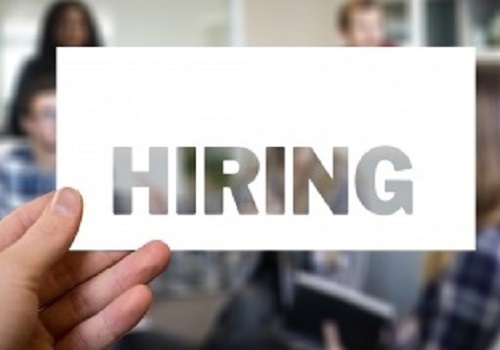Firm dollar drags yen down closer to intervention range

A firm U.S. dollar had the yen locked near a fresh 34-year low on Tuesday, keeping investors on heightened intervention watch as they looked ahead to key U.S. inflation report and the Bank of Japan's rate decision this week.
The yen remained pinned after hitting 154.85 yen on Monday, its lowest level since the mid-1990s, as the stark U.S.-Japan rate differentials came into focus again amid an easing in Iran-Israel tensions. It last hovered around 154.76 per dollar.
Traders have been keeping wary eye as yen slips towards 155.00, a level considered by many participants as the new trigger for intervention by Japanese authorities.
However, there are doubts about whether Tokyo will act so close to the Bank of Japan's (BOJ) two-day policy meeting that starts on Thursday.
Japan's central bank is expected to project inflation will stay around its 2% target for the next three years in new forecasts due on Friday, signalling its readiness to raise interest rates again this year from current near-zero levels.
Yen weakness may force the central bank to "strike a more hawkish tone," which would bring forward expectations of another rate hike and support the yen, said Carol Kong, a currency strategist at Commonwealth Bank of Australia.
"But I expect USD/JPY to remain elevated in the near term because of broad USD strength, which will keep alive the possibility of FX intervention."
The weak yen complicates the BOJ's policy path, with some market players betting the central bank could come under pressure to hike rates sooner than it wants to slow the currency's decline.
Japan's Finance Minister Shunichi Suzuki, who has repeatedly warned against speculative currency moves in recent weeks, said on Tuesday that local authorities will work closely with overseas counterparts to deal with excessive volatility in the foreign exchange market.
The dollar's strength has been broad-based, with gains edging toward 5% this year.
It was last trading around 106.09, below the five-month highs hit last week after comments from Federal Reserve officials and a run of hotter-than-expected inflation data forced a paring back of rate cut expectations.
Markets are currently pricing in a 46% chance of the Fed's first rate cut starting in September, with November not far behind at 42%, according to the CME FedWatch Tool. That was in sharp contrast to just a few weeks ago when markets were betting on June for the U.S. monetary easing cycle to begin.
Investors will have another chance to assess the strength of the U.S. economy this week, with first-quarter gross domestic product data on Thursday and personal consumption price expenditures (PCE) index, the Fed's preferred measure of inflation, on Friday.
"It is conceivable that markets further push back the timing of the expected first rate cut from September, if this week’s GDP and/or PCE adds to concerns about disinflation stalling out. The risk therefore lies towards higher U.S. yields and a stronger USD," said the Commonwealth Bank of Australia's Kong.
Markets forecasts are for a 0.3% increase in the headline PCE number in March, unchanged from the previous month, and a year-on-year gain of 2.6%, compared with a 2.5% increase in February, according to a Reuters poll.
While September has emerged as the new bet for the Fed's first rate cut, expectations remain for the European Central Bank (ECB) and Bank of England (BoE) to start cutting by mid-year.
That divergence has put the euro on the back foot, with the currency on track for its biggest monthly drop against the dollar since January. The euro bloc currency was mostly unchanged on Tuesday at $1.0655.
Sterling was last trading at $1.2354 after dropping to a fresh five-month low against the greenback at $1.2299 on Monday.
In cryptocurrencies, bitcoin was up 0.51% at $66,879.00.
























